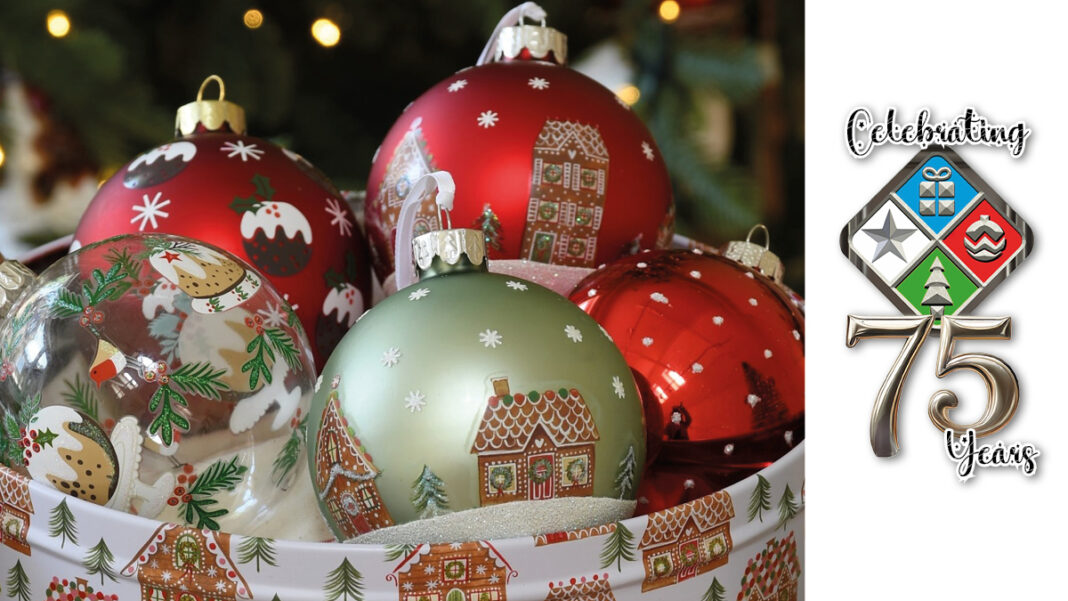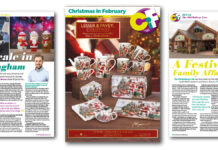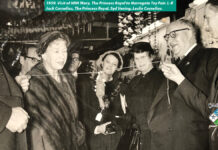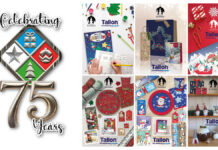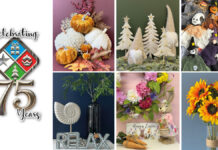Piers Croke, Marketing Director of Gisela Graham, traces the history of the glass bauble, the hero of today’s Christmas trees. He confirms from personal experience that the traditional technique for making them is harder than it looks.

All of us in the Christmas community should raise a glass to Hans Greiner, the undoubted inventor of the glass bauble in 1840, in the town of Lauscha in Eastern Germany.
Herr Greiner was a glass blower who followed a family trade going back 10 generations, making wine glasses and bottles. His home town of Lauscha owed its pre-eminence in glass production to the presence of nearly all the ingredients for glass production: sand, pure water from a fast running river and potash.
Until the mid-19th century Christmas trees were generally decorated with candles together with nuts and dried and candied fruits. The story goes that Herr Greiner couldn’t afford expensive winter apples for his tree , so he made an artificial one: he constructed an apple-shaped mould and blew glass into it – the model, incidentally. for today’s booming glass shape business.
The invention led him to making a spherical glass bauble. The technique is simple, that is, if you are glass blower. A metal tube is dipped into a vat of molten glass and the blower just blows (but yes, it IS harder than it looks: you need strong lungs to give the hot glass a long and sustained blow!).
The result is a plain glass ball which is “silvered” with a solution of silver nitrate. It’s now ready to be capped, lacquered and decorated. An iridescent sheen, like a soap bubble, is applied to a clear ball by coating it with a lacquer containing gold (real gold, in microscopic quantities) and re-firing it.
Today’s glass baubles tend to be blown by machine. But the traditional technique is still practiced, particularly for the “soap bubble” effect. These balls are not capped but finished by the blower with a sealing flourish.
The glass bauble was an immediate success. It was first taken up by Queen Victoria and her German husband Albert. These style influencers of the day were avidly followed by the British public who at once adopted the new custom.
But it was the American retail tycoon F.W. Woolworth who really put the glass bauble on the world’s Christmas trees. He spotted the productions of Lauscha on a European trip and brought them over to the US, making many millions along the way.
I’m delighted to say that the glass bauble business remains as it began – a craft business at heart – even if the original bauble has been made by machine. Our own company, Gisela Graham Ltd, designs scores of new decorative concepts which are rendered by hand by our suppliers. We hope that they will give pleasure to families in generations to come.



